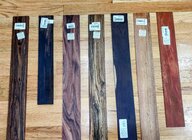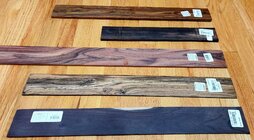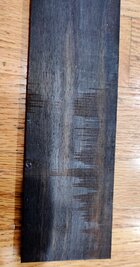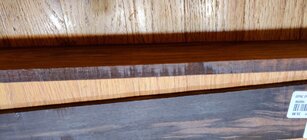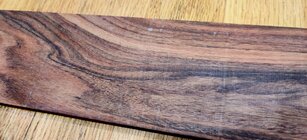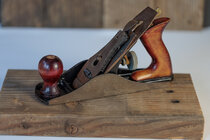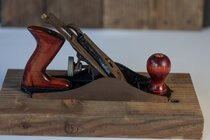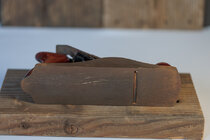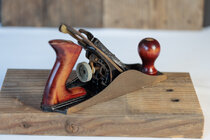I started with a Harbor Freight #4 which is now a dedicated scrub plane. It isn't fit for much else, sole was nowhere near flat, chip breaker was messed up, blade couldn't hold a decent edge, etc. I only might recommend it for someone afraid of catastrophically messing up restoring a vintage plane. I have a WoodRiver 5 1/2 and have no issues with it, I actually don't remember the last time I sharpened. I also have a set of forstner bits from WoodRiver and they are hit and miss. One bit cuts like butter and another is a pain in the butt.I'd rather buy Harbor Freight than WoodRiver.Jokes aside, my lack of confidence in WoodRiver stems from to two sets of forstner bits that would not cut AT ALL. Horrible product. I switched to Fisch Wavecutters and they are amazing (albeit 3 times the money). In fairness, I do have a WoodRiver round scraper that seems OK.
On the flip side, I have many other Harbor Freight items including my lathe which works well.

